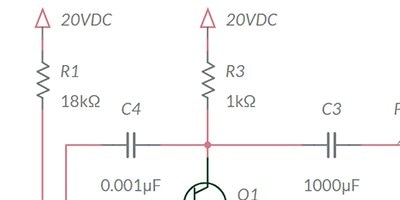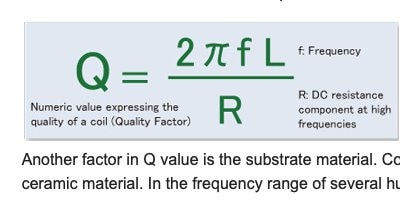Contents
Top
Matter
Matter Boards
Thread Boards
Cellular / Mobile
Performance Levels
Subscriber Identification Module (SIM) Cards and Data Plans
Antennas
Transceivers, Gateways, and Routers
Network Protocols
Wireless Personal Area Networking (WPAN)
Wireless Local Area Networks (WLAN)
Cellular
Low-Power Wide Area Network (LPWAN)
Global Navigation Satellite System (GNSS)
Interference
Certification and Testing
Dealing with interference
Wireless Transceivers
Form Factors of Transceivers
Antenna Integration
External Antenna
Internal Antenna
Antenna Terminology
Popular Antenna Types
RF Connectors and Cable Assemblies
Common RF Connectors
RF Coaxial Cable Assemblies
RF Front End
Front End Components
RF Passives
Products
Services
Wireless
Radio Frequency (RF) products are focused on Wireless communication. Within Wireless there are some common topics that will apply across a broad range of product categories (for example Matter, Cellular, Network Protocols, Interference, and Security). In the product categories of Wireless some of the first places to get started are Transceivers, and Antennas.
Wireless communication, a foundational technology enabling information transmission without physical connections, has revolutionized modern interactions and driven the growth of the Internet, media streaming, and more. eMagazine on wireless technology.
Matter
 The Matter Logo found on Matter Compatible devices, Provided by CSA
The Matter Logo found on Matter Compatible devices, Provided by CSA
Matter is a wireless connectivity standard designed to make it easy for home automation and Internet of Things (IoT) devices to connect, communicate, and operate across different manufacturers and/or network protocols. Matter is developed and maintained by the by the Connectivity Standards Alliance (CSA), which was previously known as the ZigBee Alliance and headed up by companies including Apple, Amazon, and Google. Matter can run on Wi-Fi and Thread devices, with a broad compatibility that removes the complexity between multiple smart home platforms.
What problems does Matter fix? View Answer
Prior to the introduction of Matter, the smart home automation market was fragmented with Amazon Alexa, Apple HomeKit, Google Home, and Samsung SmartThings having their own wireless network standards. To bridge this fragmentated smart home ecosystem the CSA developed a new interoperating framework for all manufactures to work under.
The Matter Version 1 specification is only for simple devices such light bulbs, switches, locks, home heating, ventilation and air conditioning controllers and home entertainment. Future versions of Matter promise to integrate more complex devices such as robot vacuum cleaners, home sensors, and large appliances.
Matter Version 1.4.1, released in May 2025 expanded the standard to improve and simplify the commissioning and onboarding process during device set up with support for QR codes and NFC tagging to verify products while maintaining ease of use.
What is the Difference between Matter and Thread? View Answer
- Matter is how the devices communicate between the smart home ecosystems
- Thread is how the devices are connected across the network
Matter operates at the application layer of the OSI Model. It gives a level of abstraction for Smart Home developers, such that they can write their code once for Matter and know that it will function with Apple, Amazon, and Google devices. Thread operates on the lower 6 layers of the OSI Model (presentation through physical layers).
Thread is a low-power wireless protocol running on the IEEE 802.15.4 specification that allows many different devices to form a self-healing mesh network with a range of a few hundred meters and an upper limit of 250 devices. Thread is based on existing wireless standards and is an open standard.
While Matter can use Thread, it is not a requirement. Matter can use IPv6 technologies including Wi-Fi, Bluetooth LE, or Ethernet.
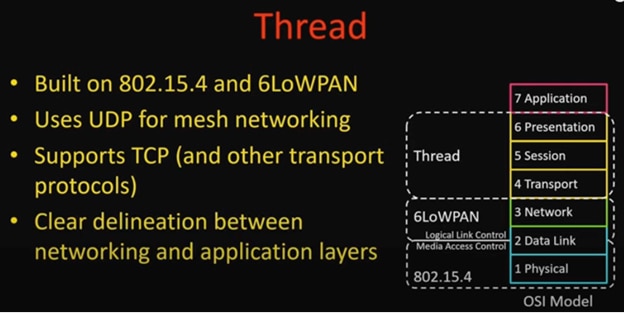 Thread's operating layers of the OSI Model. (Image source: DigiKey – What is Thread? )
Thread's operating layers of the OSI Model. (Image source: DigiKey – What is Thread? )
Matter Boards
![]()
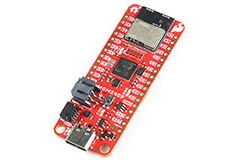
SparkFun's Thing Plus Matter – MGM240P enables fast prototyping and development of Matter-based IoT devices.
![]()
Matter: Evaluation to Certification
![]()
Silicon Labs will introduce Matter, cover how to get your device tested and certified, and more.
![]()
![]()
Nordic Semiconductor’s nRF5340 is an ideal SoC for professional lighting, advanced wearables, and other complex IoT applications.
![]()
K32W041AM and K32W041A Wireless MCUs
![]()
NXP's K32W041AM and K32W041A wireless MCUs are integrated with a comprehensive mix of analog and digital peripherals along with options for larger data memory.
Thread Boards
![]()
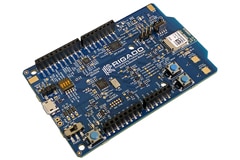
u-blox's R41Z module is a highly integrated, ultra-low-power module that enables Thread with IEEE 802.15.4 and BLE RF connectivity.
![]()
Nordic Thingy:53 IoT Prototyping Platform
![]()
Nordic Semiconductor's Nordic Thingy:53 leverages integrated motion, sound, light, and environmental sensors to help build proofs of concept and prototypes.
![]()
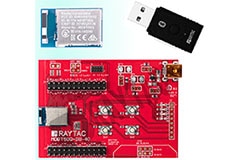
Raytac's MDBT50Q-1MV2 module is a Bluetooth® LE wireless connectivity solution that is designed for applications including IoT, smart homes, and more.
![]()
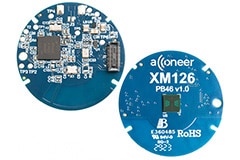
Acconeer's XM126 IoT low-power connected radar module in a circular form factor with a diameter of 33 mm has a battery lifetime expectancy of up to 10 years.
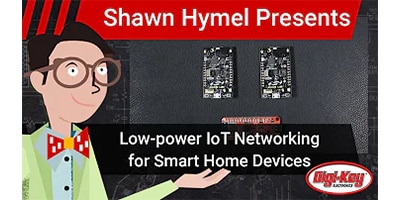
Getting Started With Thread Networking Using Silicon Labs Dev Boards
This tutorial shows you how to create a simple Thread network with two SiLabs development boards.
Silicon Labs Webinar: Matter: Evaluation to Certification
The Matter 1.0 specification was released in October of 2022 and the momentum and buzz around it is unprecedented in the IoT industry.

Getting Started With Matter Using Silicon Labs Dev Boards
This tutorial demonstrates how to create a Matter network using two SiLabs development boards and a Raspberry Pi 4
Cellular / Mobile
DigiKey partners with top tier wireless providers on cellular services and has a wide portfolio of products and services to support wireless cellular solutions. Consider using cellular as a wireless solution for projects that:
- Have large coverage areas
- Need Location services or exact positioning data
- Require Secure transmissions of data
Performance Levels
High data rate – Cat-6, Cat-9, Cat-12: Found in high power, high data rate devices, Consumer mobile devices, base stations, and range extenders
Low data rate – Cat M1, NB-IoT, LTE-M: These operating categories are typically found in low power IoT or mobile devices such as smart meters, sensor nodes, and distributed machine communication
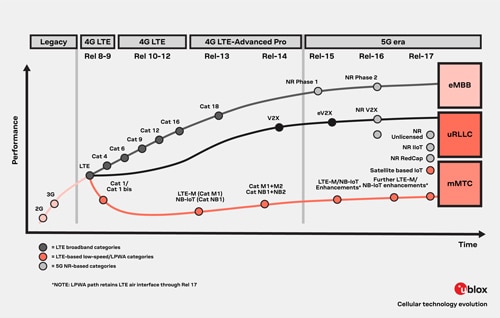 Source: u-blox
Source: u-blox
Subscriber Identification Module (SIM) Cards and Data Plans
Pre-paid and monthly plans available for cellular data:
Antennas
Choose from stock antennas or build your own custom antenna with the Antenna Builder service from Taoglas:
Transceivers, Gateways, and Routers
These devices negotiate the transfer of data and determine how data will be transferred on the network:
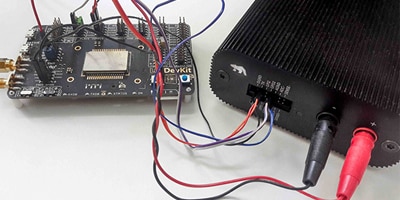
How to Enable Power Saving Modes of NB-IoT and Cat-M and the Energy Consumption Expected
Learn how to evaluate and use the power saving modes associated with NB-IoT and Cat-M cellular low power wide area network (LPWAN) technologies.

5G - The Basics
5G is being released in a series of 4 waves. Wave 1 started in 2018 and is the release of Fixed Wireless Access. Wave 2 has slowly started in 2019 and will allow for consumer cellular devices to be connected to 5G.

LTE-M vs NB-IoT
Which is the better low power LTE option, LTE-M or NB-IoT? The best answer is, it depends. LTE CAT-M1 supports higher data rates, and over-the-air updates. LTE CAT-M1 can be mobile, and is largely available.
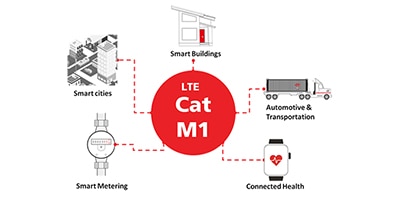
LTE Cat M1 Modules Provide an Alternative to Broadband and Smartphones for Assisted Living Systems
LTE Cat M1 cellular modules provide a link for connected healthcare solutions in the Internet of Medical Things (IoMT).
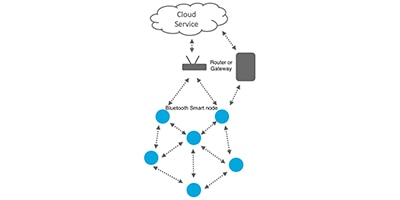
Use a Cellular Module to Connect a Maker Project to the IoT
Pairing a single board computer with a cellular modem eliminates smartphone or router gateways and dramatically extends the wireless range of maker projects.
Network Protocols
Wireless Personal Area Networking (WPAN)
- Bluetooth when not designated as Bluetooth Low Energy (or BLE) is often referring to an earlier version (which is sometimes called Bluetooth Classic). It is a short-range wireless standard for transmitting data over short distances.
- Bluetooth Low Energy (BLE) is optimized for low power usage and most often found in devices with small batteries and low power requirements like fitness trackers and medical devices.
- Impulse radio ultra-wideband (IR-UWB) is a wireless technology that uses high frequency, wide bandwidth transmissions. While the technology operates in the 3.1 GHz - 10.1 GHz frequency range, each radio channel can have a bandwidth of 500 MHz. The transmissions are short duration and act as a position and ranging sensor using radar principles.
- Zigbee is a 2.4 GHz mesh network based on the IEEE 802.15.4 specification that forms small scale Personal Area Networks. Not as complex or expensive as other options like Bluetooth or Wi-Fi but often covers a smaller area. Typically found in low power and low data rate devices like home automation, IoT devices and even some industrial automation networks.
- Z-wave is another wireless protocol for home automation and smart devices, Z-wave is a sub 1 GHz mesh networking protocol used in home automation devices with low data rate transmission and power requirements. Z-wave is owned and developed by Silicon Labs.
- 6LoWPAN an Acronym for "IPv6 over Low-Power Wireless Personal Area Networks" 6LoWPAN is a wireless network protocol that supports using Internet Protocol (IP) version 6 over wireless networks for improved networking performance and features. While more complex than other options, it does allow for open IP standards for communication.
- Thread is based on 6LoWPAN and 802.15.4. It can be used as a low-power mesh networking protocol for Internet of things (IoT) products. Often used with Matter.
Wireless Local Area Networks (WLAN)
- Wi-Fi is one of the most popular and widespread wireless protocols, Wi-Fi is expanding capabilities and frequency ranges for IoT devices, low power applications and short-range high data rate devices, making it a very popular protocol to integrate into smart devices.
Cellular
- High Data Rate Cellular, more commonly known as 4G, Perfect for high speed, high data rate wireless transmissions, higher power requirements for transmitting but there are several low power variants designed for IoT and Machine to Machine applications.
- 5G RedCap (short for Reduced Capacity) is a 5G based wireless standard designed to serve the midpoint between high speed, high data networking and low power lower data rate IoT applications. There are several differences 5G RedCap has compared to the full 5G hardware standard such as narrow bandwidths, reduced antenna count and lower transmitter power. The benefits are lower power consumption and decreased hardware requirements making it suitable for wearable devices, IoT and smart cities.
Low-Power Wide Area Network (LPWAN)
- LoRa – (from "Long Range") is a proprietary spread spectrum modulation scheme that is developed by SemTech. It is long range (~3 miles / 5 kilometers) and low data rate (~1 kbps). It trades data rate for sensitivity within a fixed channel bandwidth. It implements a variable data rate, which allows the system designer to trade data rate for range or power.
- NB-IoT – (also known as Cat-NB1) is a narrowband technology standard that does not use a traditional cellular LTE physical layer but is designed to coexist with other LTE devices and use some of the same frequency bands. It is suitable for static, low-power applications requiring low data throughput, and long-range.
- LTE-M – (also known as Cat-M1) is designed for low-power cellular applications requiring medium data rate throughput. It has a narrower bandwidth compared to regular LTE, giving a longer range, but less data throughput. LTE-M is perfect for medium-throughput applications requiring low power, low latency, and mobility.
- Wi-Fi HaLow™ – Wi-Fi certified products based on the IEEE 802.11ah wireless standard which operates on the sub 1 GHz band. This allows for longer ranges and lower power consumption compared to traditional Wi-Fi. While still having all the same features of Wi-Fi networking such as security and ease of deployment, the long range allowed by the sub 1 GHz transmissions make perfect for modern IoT and other long-range applications.
- Dect NR+ – is a license exempted, non-cellular mesh networking wireless standard designed for massive Machine to Machine communications requiring ultra-low latency and data throughput. By operating on the global license exempted 1.9 GHz frequency band, there is no need for existing cellular infrastructure such as base stations and towers, allowing users to run their own private network without cellular providers, allowing for significantly reduced cost of deployment.
Products
RF Circulators and Isolators 2298 Items
RF Directional Coupler 3006 Items
RF Front End (LNA + PA) 589 Items
RF Misc ICs and Modules 2894 Items
RF Power Controller ICs 51 Items
RF Power Dividers/Splitters 1462 Items
RF Receiver, Transmitter, and Transceiver Finished Units 1575 Items
RF Transceiver Modules and Modems 6285 Items
RFI and EMI - Contacts, Fingerstock and Gaskets 4263 Items
RFI and EMI - Shielding and Absorbing Materials 3995 Items
RFID Transponders, Tags 797 Items







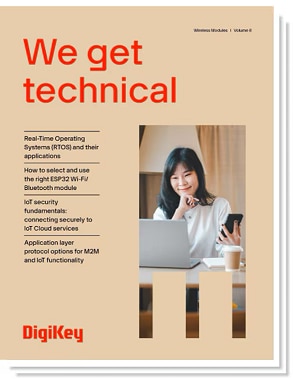
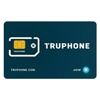
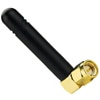

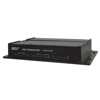
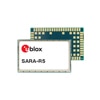
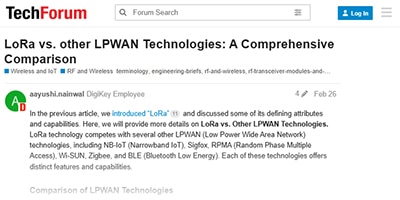
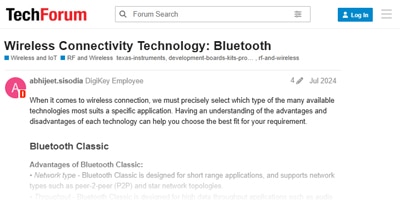

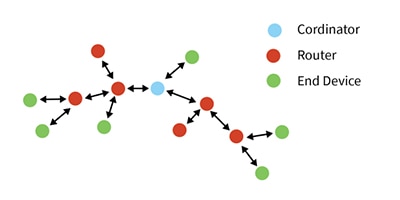
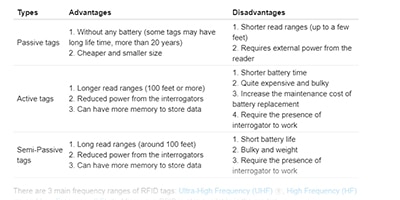
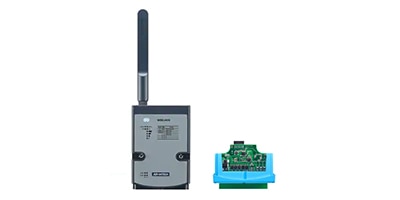
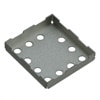
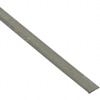
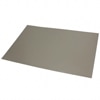

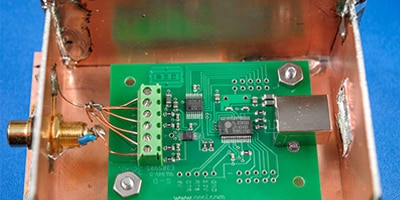
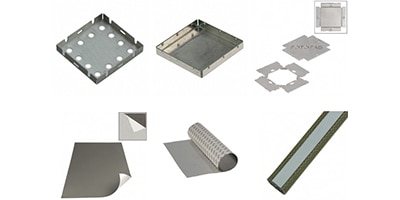
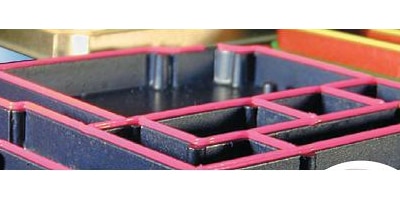
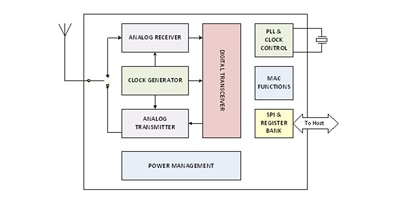
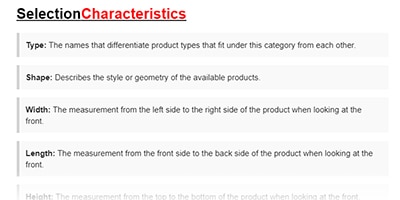
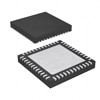
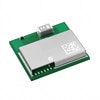
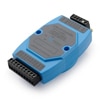
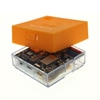
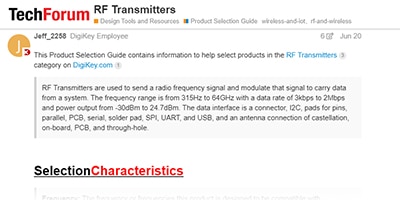
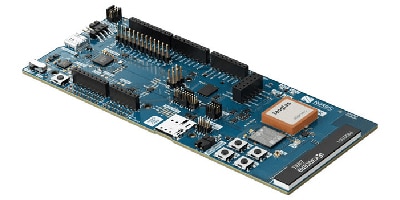
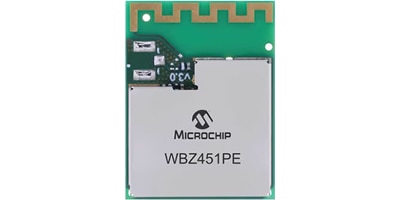
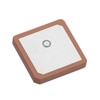
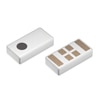
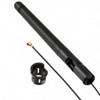
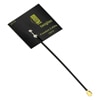
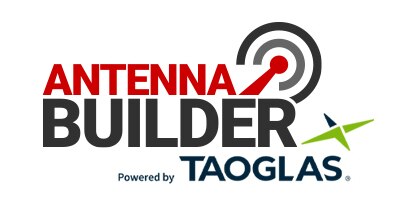
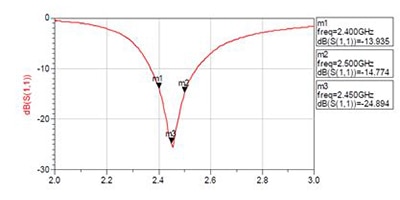
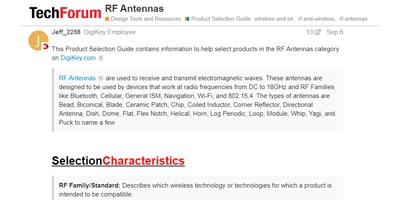
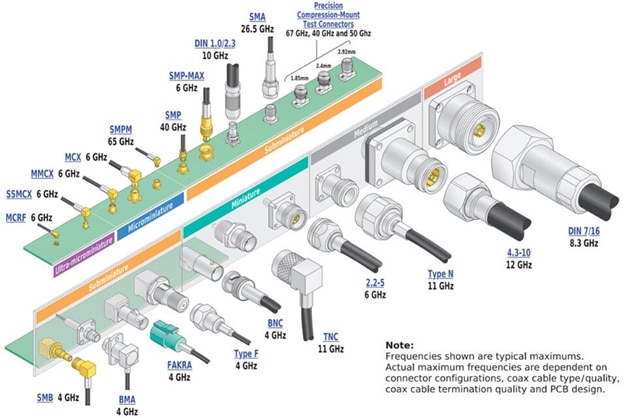 A collection of RF connectors, drawn to scale
A collection of RF connectors, drawn to scale 
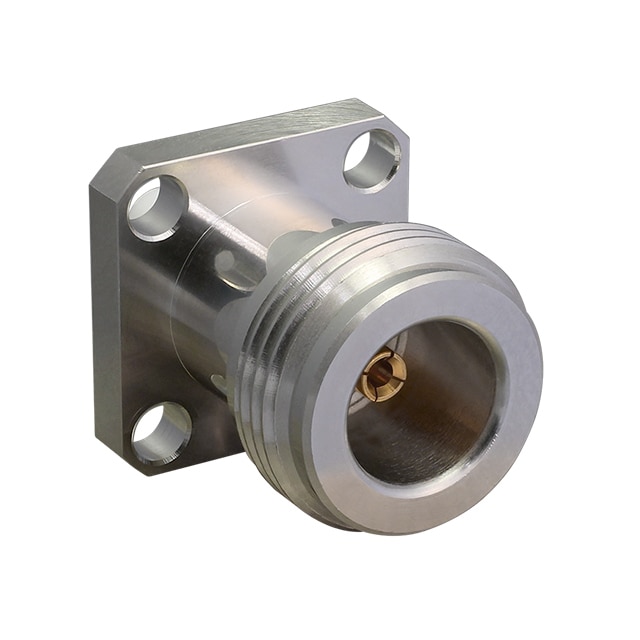
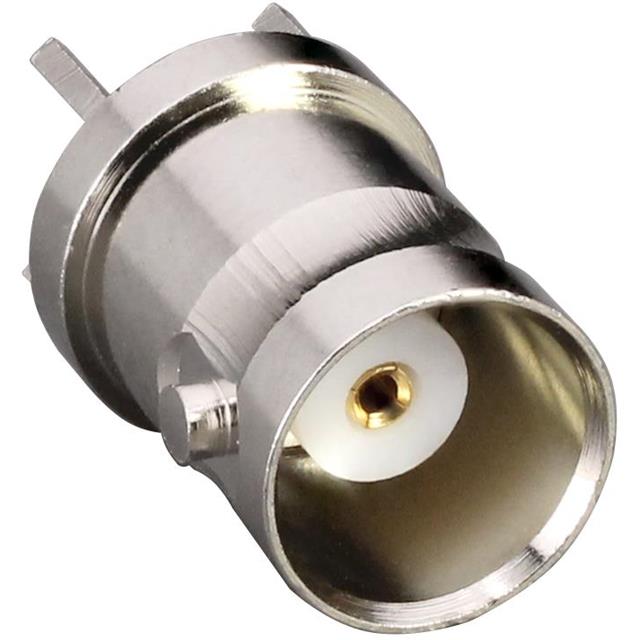

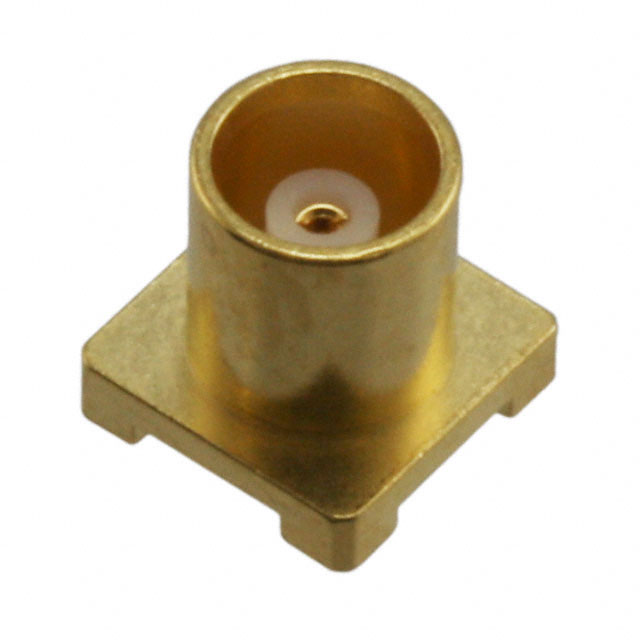
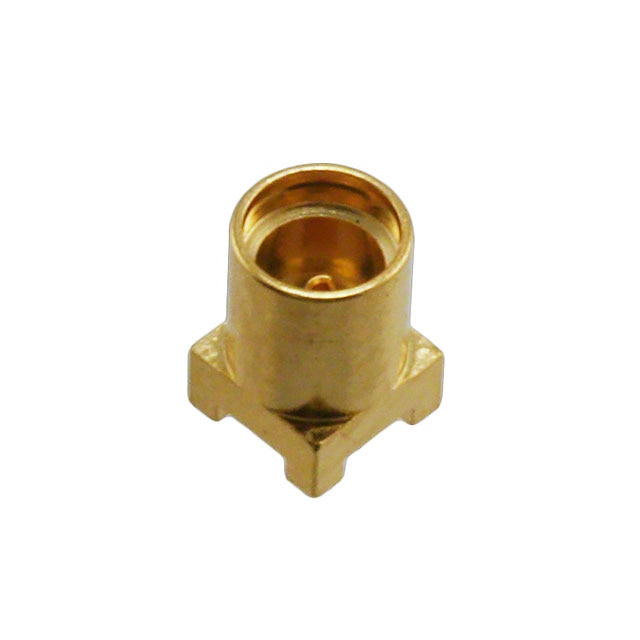
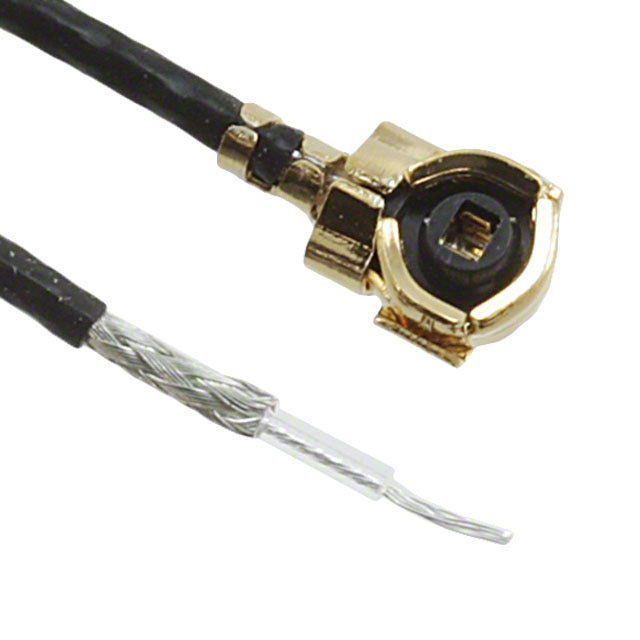 A common U.FL RF connector attached to a coaxial cable
A common U.FL RF connector attached to a coaxial cable
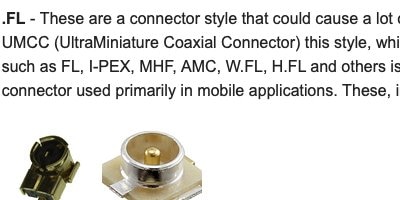
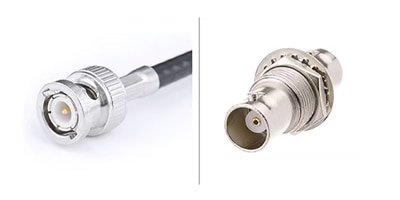
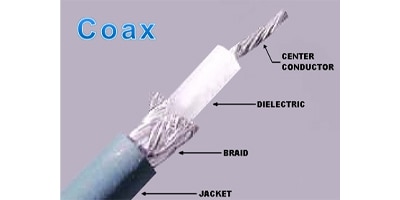
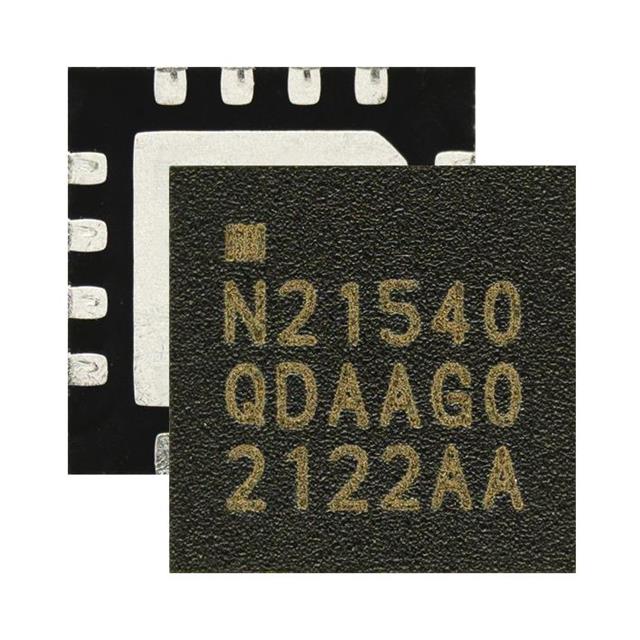 Modern RF circuits typically have front end circuit components integrated into a single chip package, like this one
Modern RF circuits typically have front end circuit components integrated into a single chip package, like this one
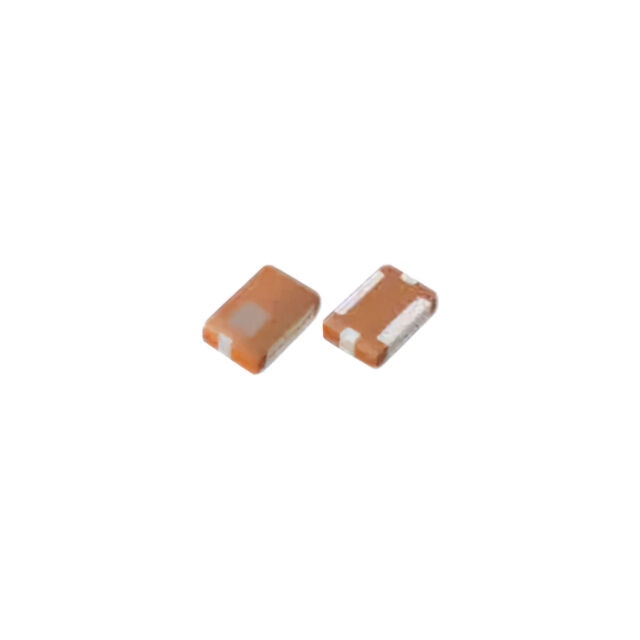

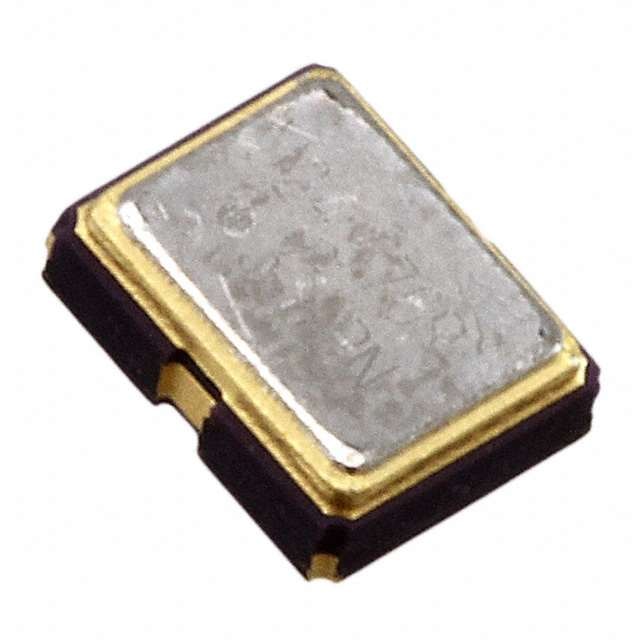
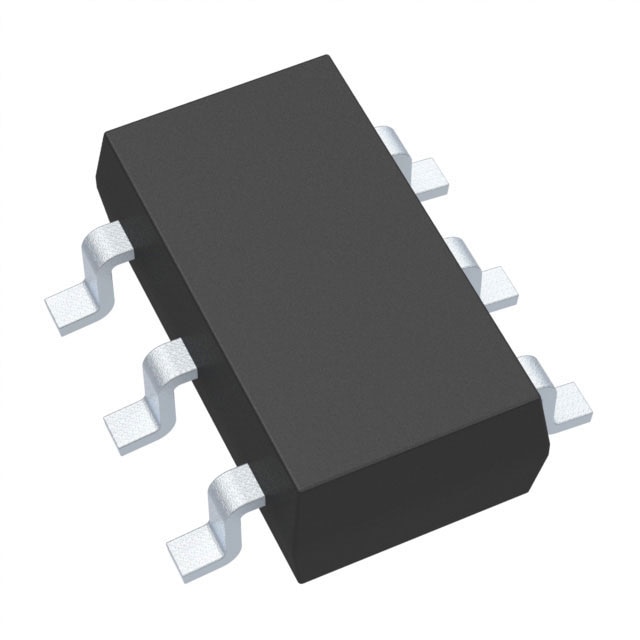


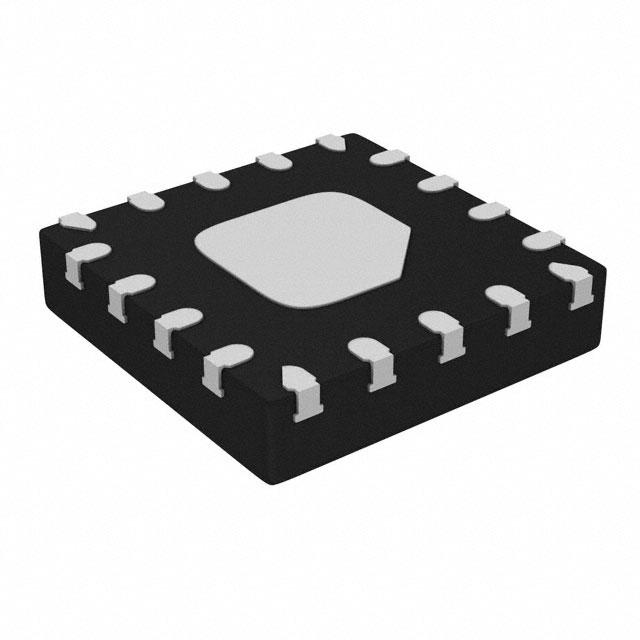
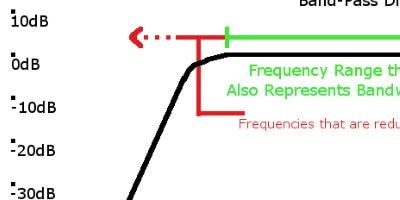
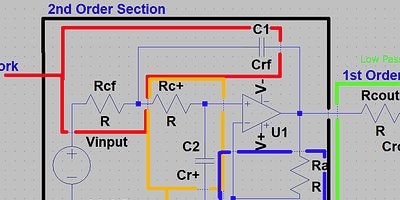
 An attenuator is a RF circuit component which reduces the amplitude (or strength) of a signal passing through it.
An attenuator is a RF circuit component which reduces the amplitude (or strength) of a signal passing through it.
 This balun component has had the top cover removed and you can see the two transformer loops one floating, the other grounded.
This balun component has had the top cover removed and you can see the two transformer loops one floating, the other grounded.
